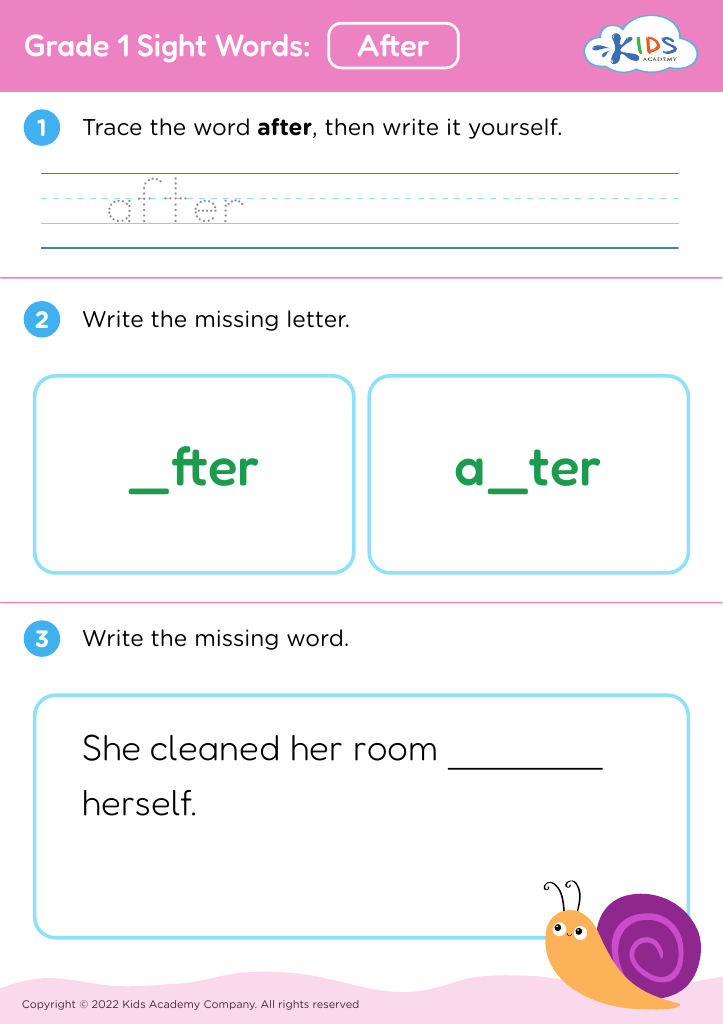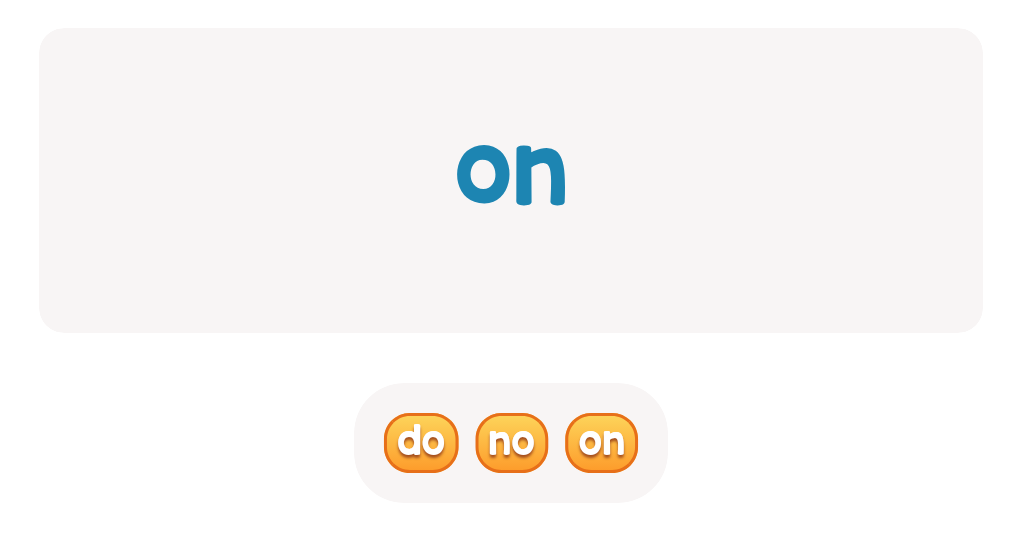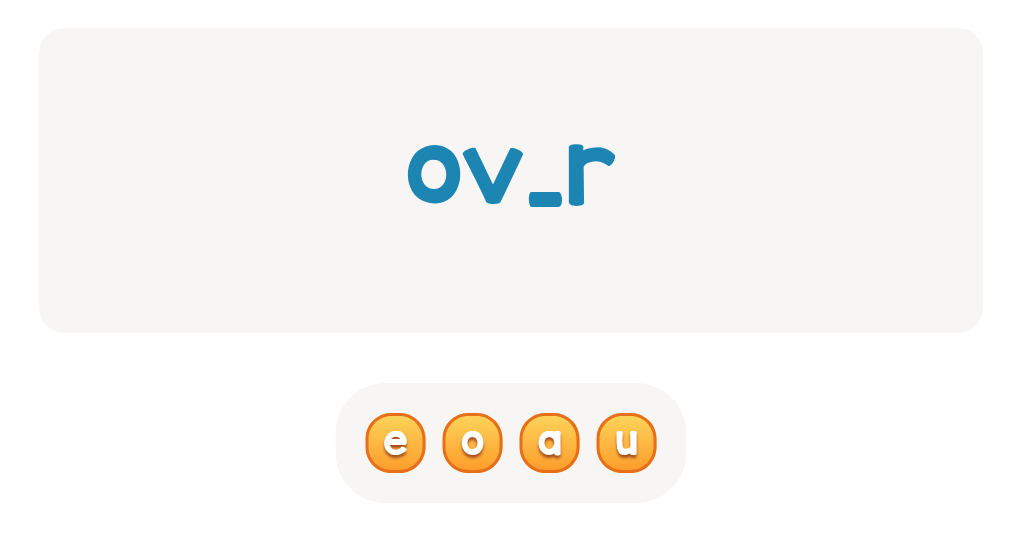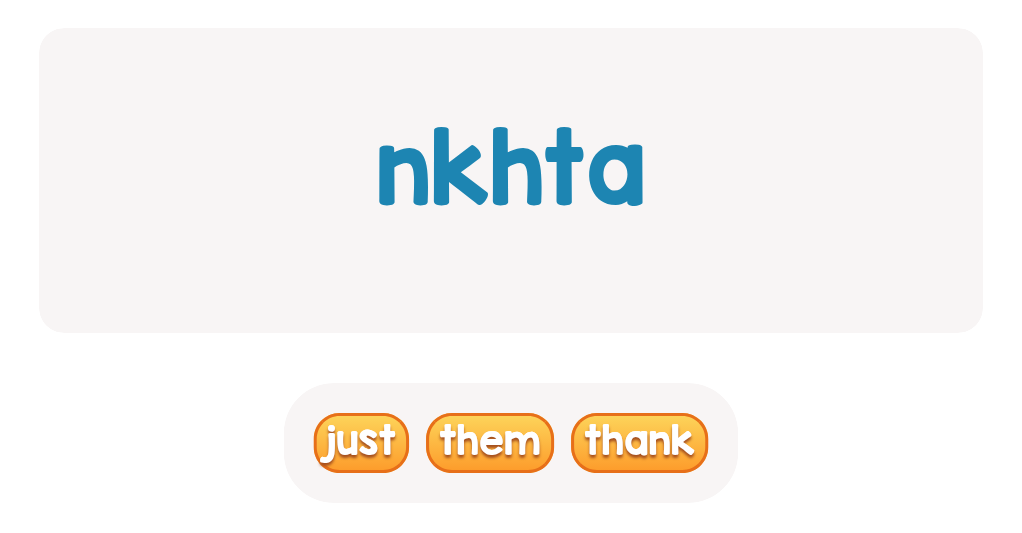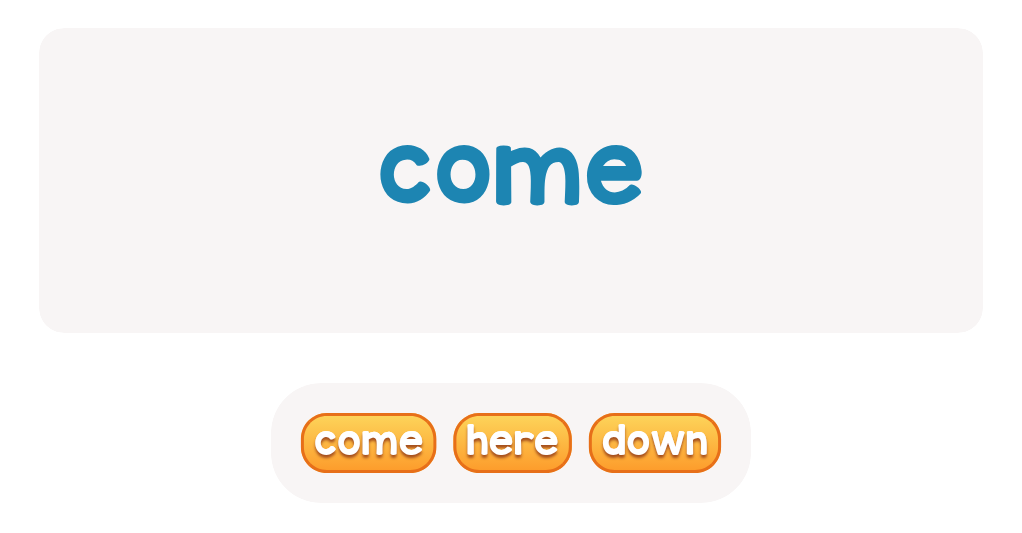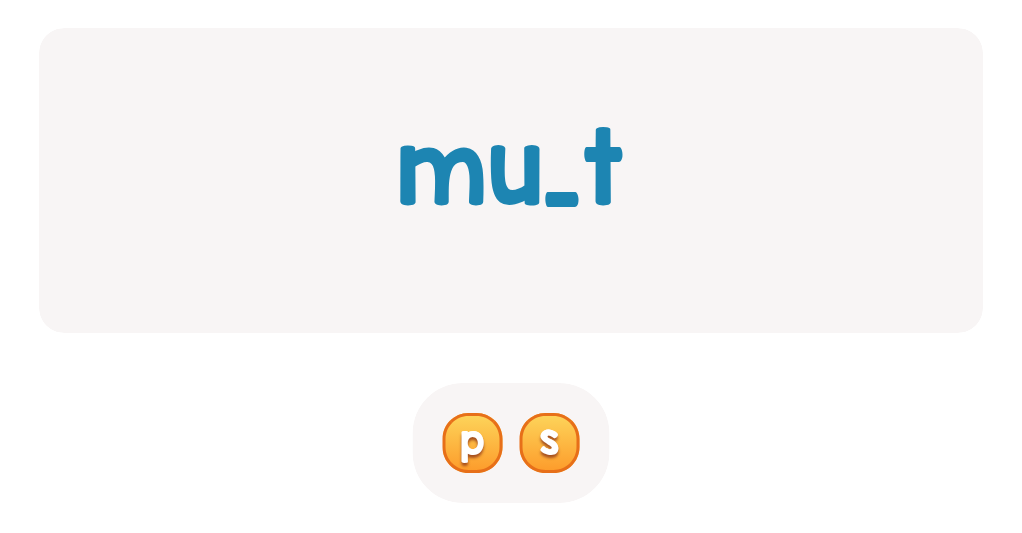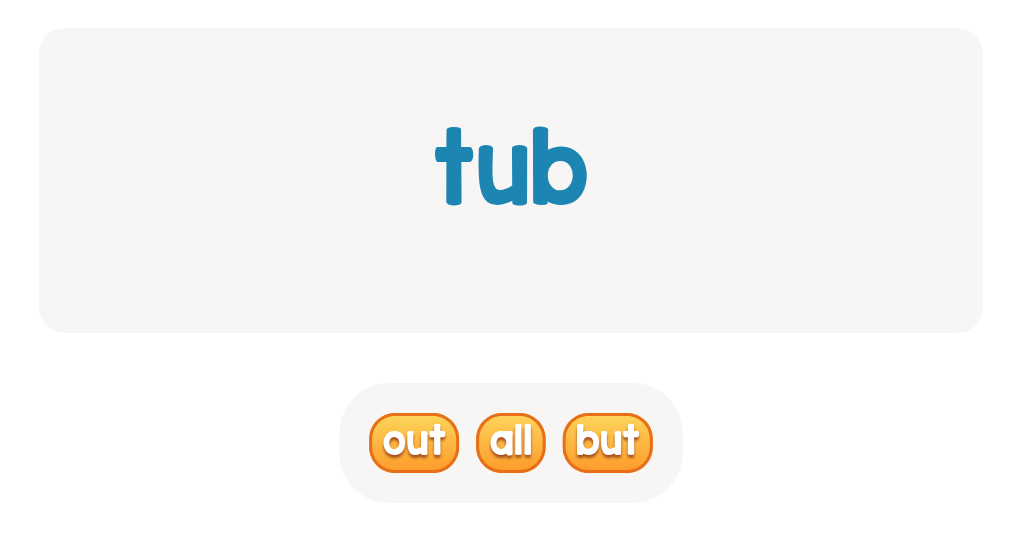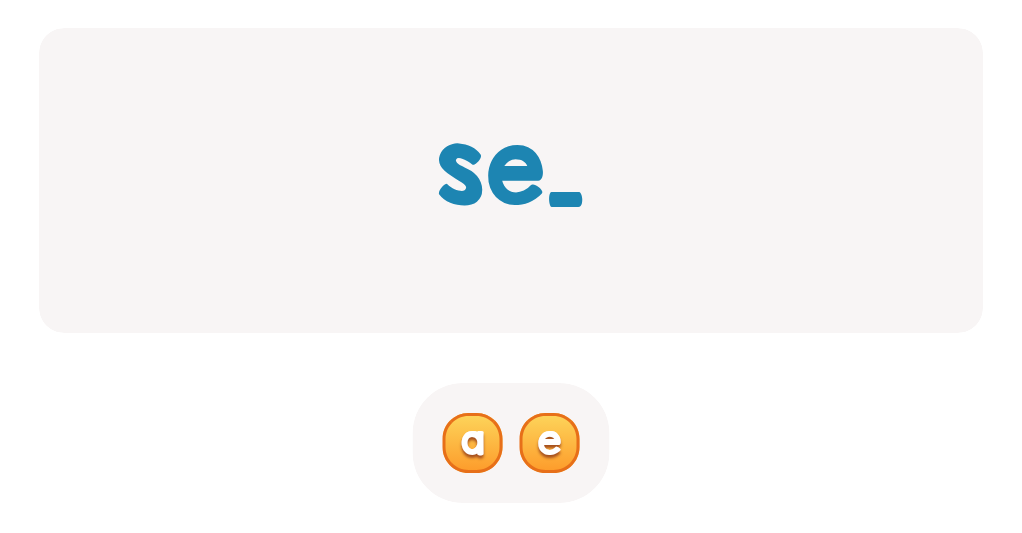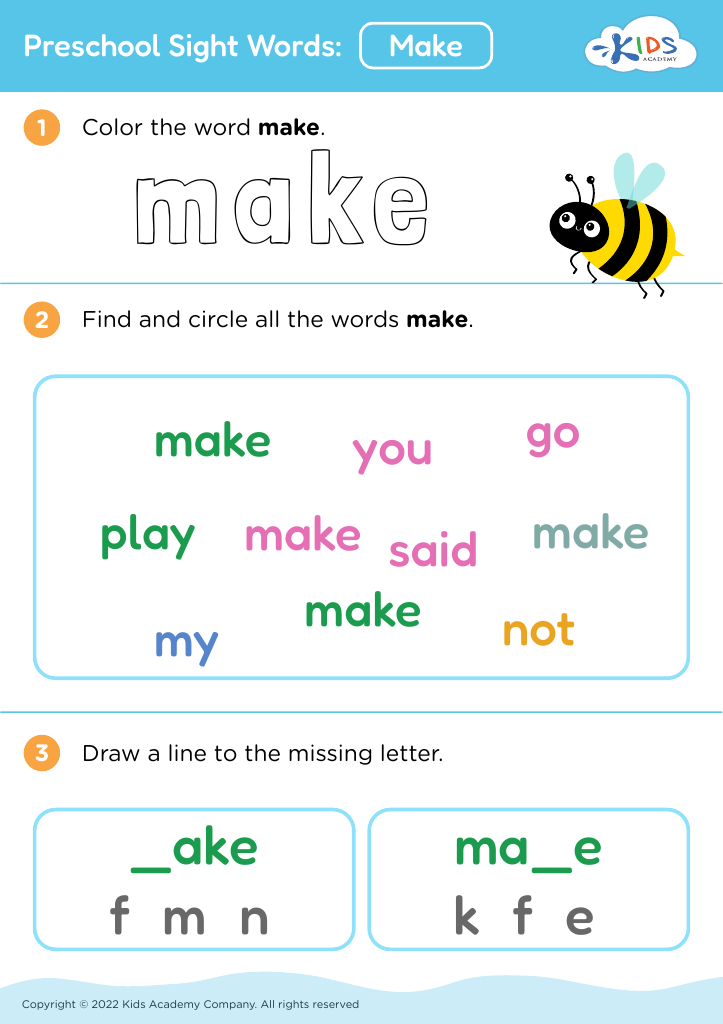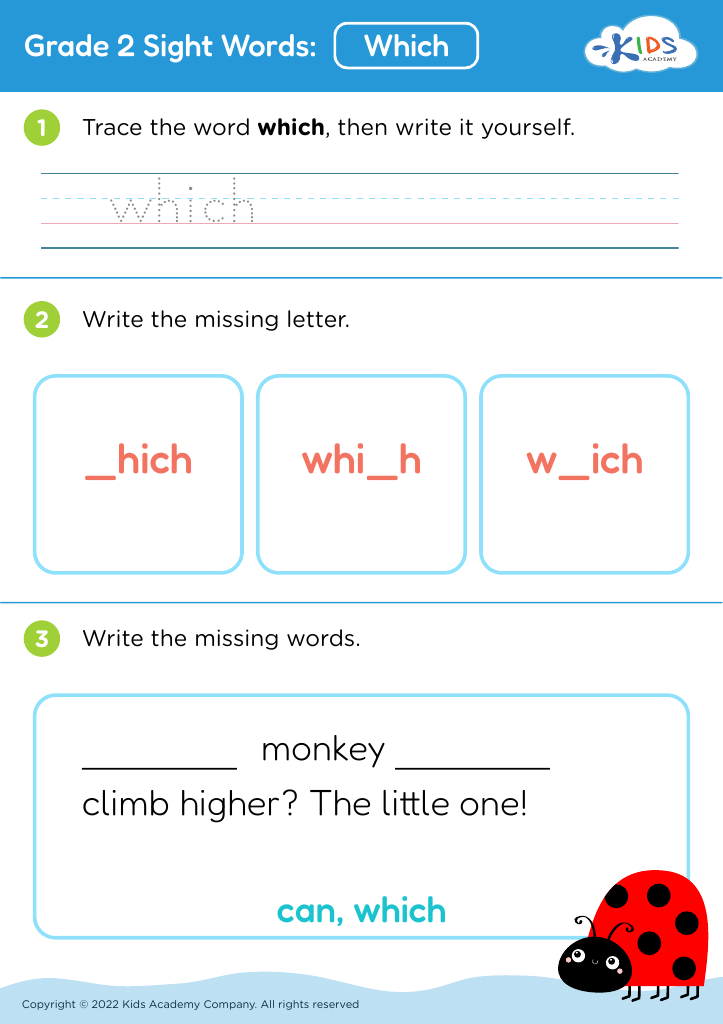Simplifying Fractions Sight Words Worksheets for Ages 4-9
7 filtered results
-
From - To
Discover our engaging Simplifying Fractions Sight Words Worksheets designed for children aged 4-9! These expertly crafted worksheets help young learners grasp essential math concepts while enhancing their sight word vocabulary.Each worksheet combines fraction simplification with fun vocabulary exercises, making learning both enjoyable and effective. Our resources cater to diverse learning styles, ensuring that every child can thrive. The interactive activities support early math skills, foster independence, and build confidence in young minds. Ideal for classroom use or at-home learning, these worksheets provide a seamless approach to integrating math and language arts. Empower your child's learning journey today with our Simplifying Fractions worksheets!
Simplifying Fractions Sight Words is crucial for children aged 4-9 as it lays the fundamental groundwork for both mathematical understanding and literacy skills. This age group is pivotal for cognitive development; thus, introducing concepts in a simplified manner can foster a positive attitude toward learning.
Firstly, many children find math intimidating, often leading to anxiety. By using sight words in simplifying fractions, educators can create engaging activities that make learning enjoyable and relatable. Visual aids combined with familiar vocabulary enable kids to grasp complex concepts without feeling overwhelmed.
Moreover, simplifying fractions not only enhances mathematical skills but also promotes reading literacy. By learning the relevant sight words, children expand their vocabulary and gain confidence in reading and speaking. These terms become foundational to participating in future math dialogues, discussions, and problem-solving.
Additionally, the collaborative learning environment created between parents, teachers, and children fosters greater communication and critical thinking skills. When guardians and educators understand the importance of this concept, they can guide children together, ensuring a holistic approach to learning.
In essence, by focusing on simplifying fraction sight words, we enable young learners to develop essential skills that will benefit them throughout their educational journey.
